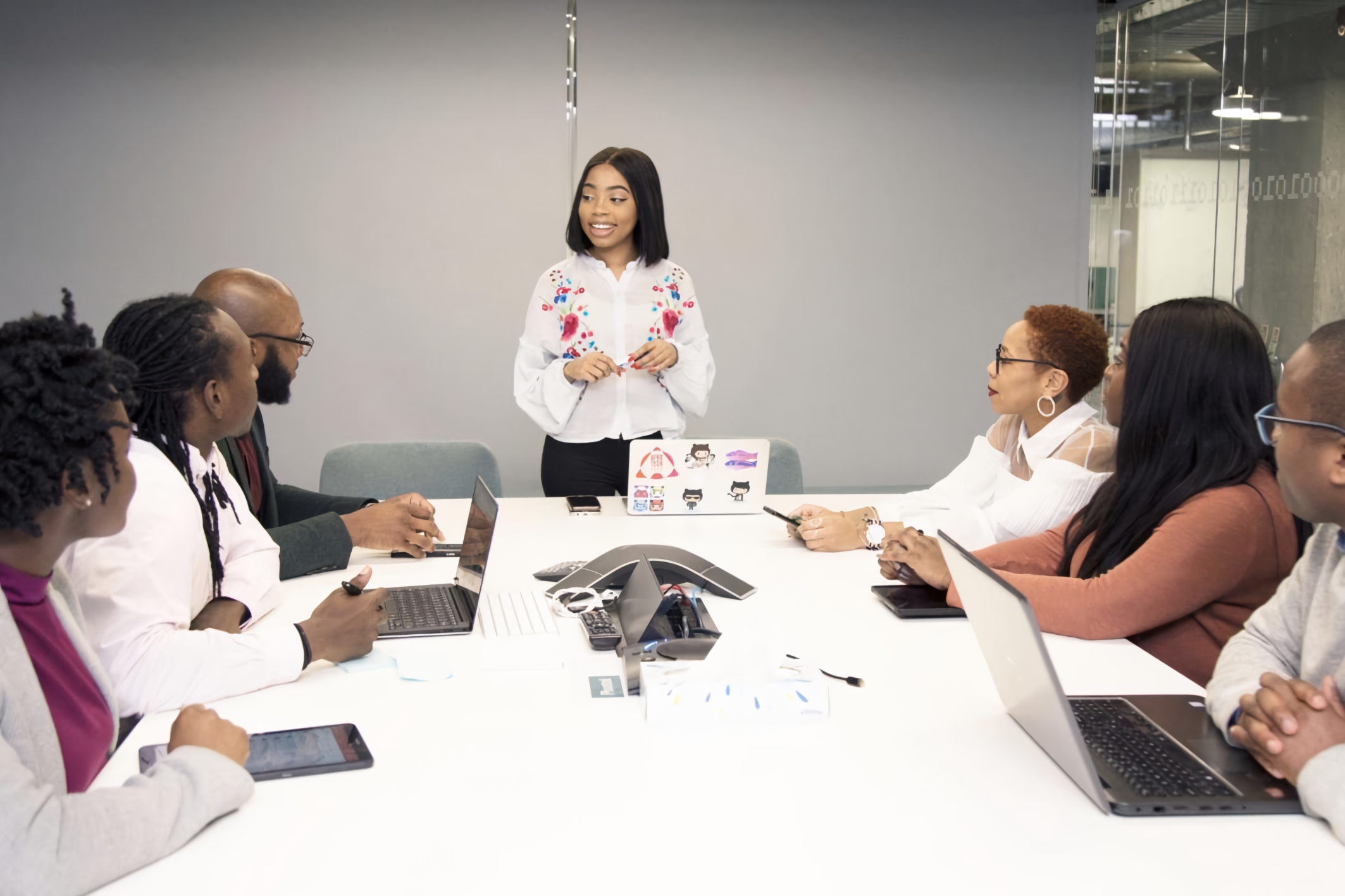What’s best for the company? The life-cycle of a Founder CEO.
As Larry Sonsini, our visiting Silicon Valley ‘founding father’ pointed out, going public is no longer the endgame for startups. It’s a tool along the way. On the other side of the fence, investors are looking for business models that are enduring and that will capture sustainable market share. This describes an ecosystem that’s less about hotshots and more into slow burners. But to endure, a founder CEO needs to be able to not just survive, but to evolve through multiple iterations.
A Different Company
By definition, any fast-growing enterprise will effectively be a different company every twelve, if not six months. From an investment point of view, Melissa Taunton of NEA advised our CEOs, “you need to look like a different company from one funding round to the next”. Melissa went on to describe those founder CEOs who endure, as “aggressive life-learners who aren’t afraid to hire people smarter than them”. Many entrepreneurs—dynamic and resilient by nature—would fit this description, but might there be other factors that come into play in the lifecycle of a startup leader?
The Killer Question
John Hamm, Octopus Venture Partner, started with the obvious: “founder CEOs are the owner of the core idea. This distinguishes them differently.” John cited the fact that of 100 founders he had recently interviewed, 53 were no longer holding the CEO position. He talked about loyalty and how it must be shifted to the “larger thing”, namely the survival and success of the company. “Is the business better than this exec?” was the question John advised the CEOs to ask themselves – possibly of themselves. He re-phrased it again, in bolder terms: “when you take other people’s money (that is, investors’) you owe them the survival of that investment.”
Three Kinds of CEO
Barry Eggers of Lightspeed Venture Partners named the three iterations a founder CEO will have to morph through: first, a startup CEO, then a professional CEO and finally a public CEO. Each of these requires a different set of skills. “It’s hard to be a private CEO, let alone a public one,” said Barry. No wonder then, John Hamm’s 53% of founders who didn’t achieve the metamorphic journey from startup to public-facing leadership. Barry repeated John’s golden question, “what’s best for my company?” He finished with an important caveat however, stating that Lightspeed’s best returns are with the companies where the founder CEO managed to remain in place.
Change
Lily Kanter (founder of Serena & Lily) picked up on Melissa Taunton’s description of fast-growing companies. “Growth businesses burn through inflection points,” Lily said. The rate of change puts any CEO through a flux of challenges and pressures. All the qualities of leadership, time-management and communication, as outlined in previous posts, will be called upon. Lily has particular experience of co-led businesses, having set up the US retail legend Serena & Lily. In this case there’s an added challenge: the relationship between co-founders with differing skills and qualities. The answer, Lily says, is to keep the roles clearly, explicitly defined. If partners know their individual strengths and weaknesses, recognise them in the other and keep them constantly updated within a flowing dialogue, the chances of cohesion and success are greatly increased. Who is the artist and who is the scientist? The right brain and the left brain, in psychological terms. The differentiation may not be so clear cut, but to be regularly asking the question will keep communication open with space for growth.
Open Mind
The hard truths of this subject can feel uncomfortable. But this is about change, not exile. Circling back to John Hamm’s comment about the owner of the “core idea”, founders involvement in their company need not be restricted to the CEO position. The CEO is the head of the company, but not necessarily the heart. Legends like Steve Wozniak effectively ‘left’ Apple in the mid 1980s, yet ‘Woz’ continues to represent the company today. The strong suggestion is this: founders focused on the good of the company, will be better able to navigate the ride from startup to stardom.
“Having Octopus take us to the birthplace of so many billion dollar start-ups was inspirational and made us realise how big we can become” Mandeep Singh, Trouva














